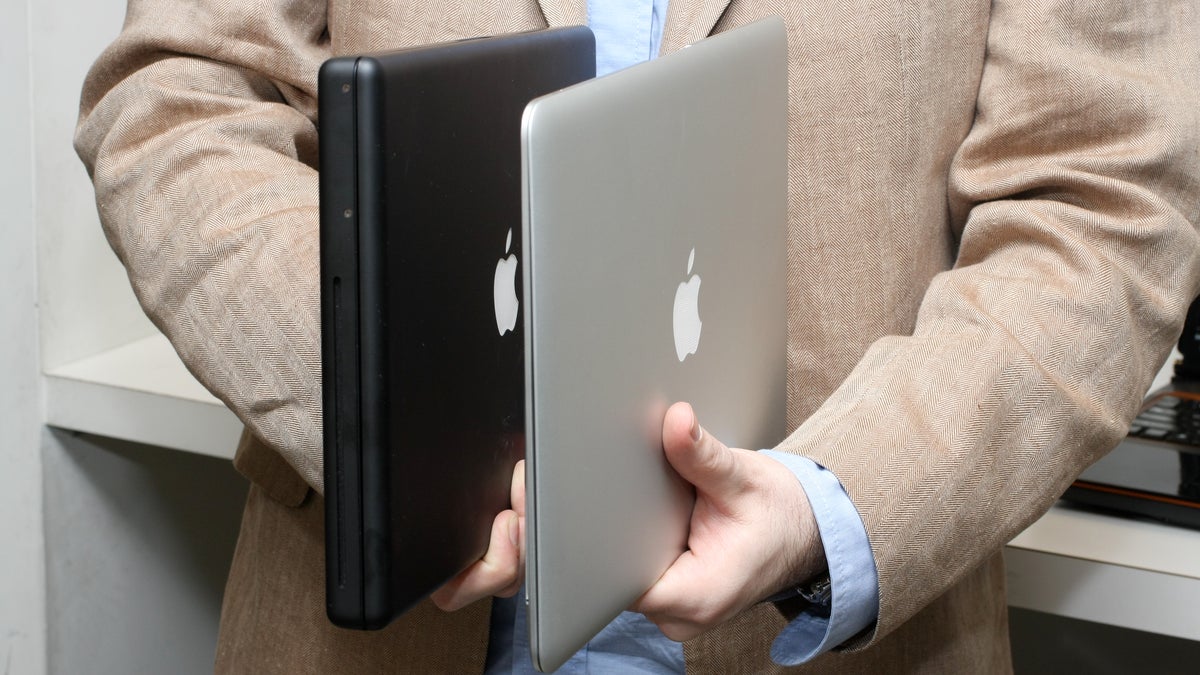MacBook Air comes in for a landing
MacBook Air comes in for a landing

The usually quiet CNET offices were abuzz this afternoon thanks to a new visitor--
The Air is incredibly thin, about 0.75 inch thick, even though it occupies the exact same desktop footprint as a regular
Besides the size and shape, one of the most notable new features of the MacBook Air is the new gestures recognized by its touchpad. Other MacBooks let you do things like use two fingers to scroll through documents--this one lets you use three fingers to go forward and back in your Web browser history, and use your thumb and forefinger to zoom in and out of documents and photos--much like on the iPhone. The three-finger forward/back gesture was immediately useful, and we're already missing it when using another laptop.
The other new feature we tried out right away was the remote disc. Since the Air lacks an optical drive, you can instead remotely see the optical drives of other systems, PC or Mac, as long as they're on the same network. The setup was a little cumbersome for the "host" PC--requiring us to insert the OSX disc that came with the Air, run a small setup program, and then find and turn on "CD and DVD sharing" in the Windows control panel (the documentation could have been a little clearer on what you need to do to on the Windows side). Once we set it up, however, it worked like a charm.
We're currently running the MacBook Air through our benchmark tests, so stay tuned for a full review.

